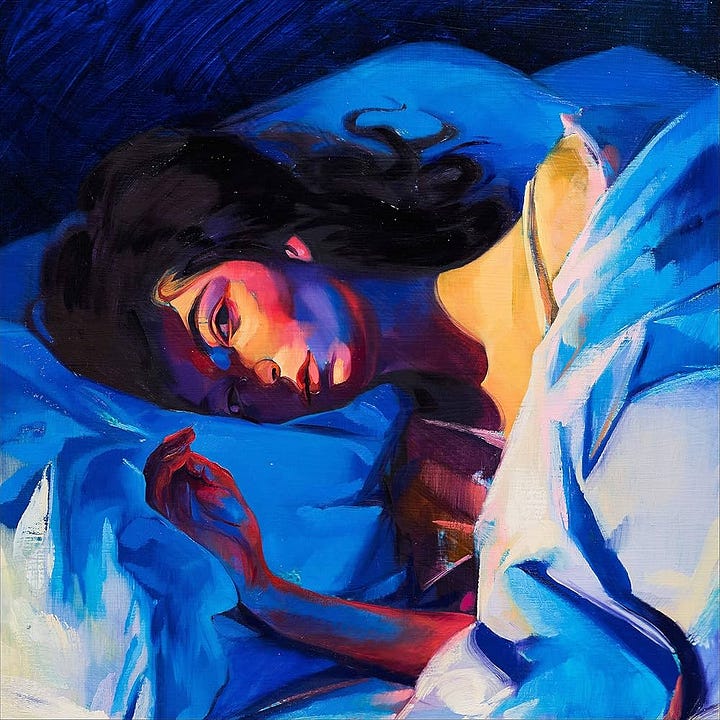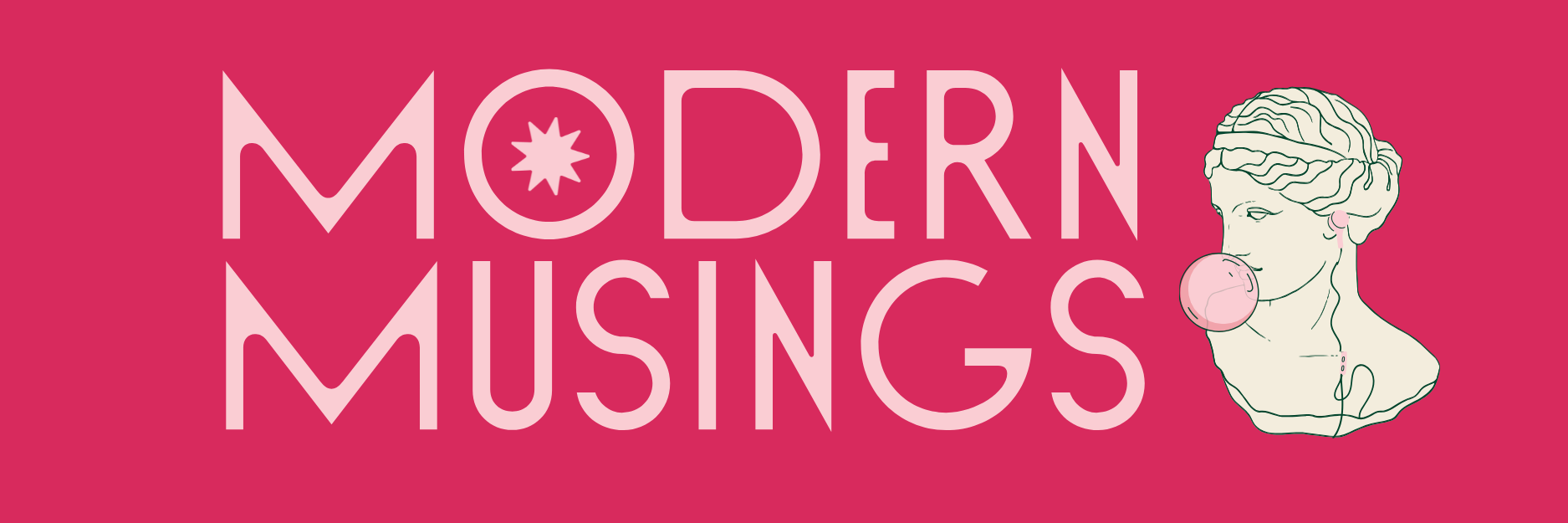From Memphis to Melodrama: The connection between Dusty and Lorde
It might be confusing to connect Dusty Springfield and Lorde but they have more in common than you might think - Vol. 1, Iss. 3
Welcome to Modern Musings, our new weekly newsletter! We’ll unpack modern insights from our latest episode each week and connect the dots between historical heroines and today’s pop culture moments.
Let’s keep the conversation going—one musing at a time.
Meet Dusty Springfield
This week on the podcast, we talked about the British pop sensation of her time, Dusty Springfield.
Dusty Springfield rose to fame in the 1960s with a voice full of yearning. Her ballads like “You Don’t Have to Say You Love Me” and “I Just Don’t Know What to Do with Myself” weren’t just hits—they were emotional outpourings. She became a symbol of heartbreak and romantic longing.
Dusty’s carefully crafted public persona—glamorous, dramatic, and feminine—stood in contrast to her private reality. She was queer in a time when that couldn’t be spoken aloud, and the pressure to perform a specific kind of femininity weighed heavily on her mental health.
Dusty’s shift toward a more stripped-down soul sound on Dusty in Memphis was initially a commercial flop, despite now being considered a classic—her refusal to stay in one musical lane led to industry rejection during her later years, and led to her retreating from the public and into obscurity.
Lorde broke through in the 2010s with “Royals,” a sharp, melancholic critique of consumerism and fame. Her debut album Pure Heroine captured teenage disillusionment with rare depth, and Melodrama made her the reigning queen of sad girl pop, chronicling a breakup with sweeping emotional complexity.
Lorde, while more free to express her sexuality in today’s world, has still felt the tension of public expectations. After the intimate brilliance of Melodrama, she also retreated out of the public eye for nearly four and a half years, before releasing her sun-soaked follow-up Solar Power that was largely met with confusion. Fans missed the sadness, the edge—the persona they had grown attached to, and her long absence also made the comparison between who she was and who she was trying to be, feel really jarring.


Lorde’s Solar Power also leaned into minimalism and lightness, rejecting her previous aesthetic of emotional overload. Like Dusty, she faced backlash, not for changing, but for no longer being who fans expected.
Both artists found their biggest success by tapping into melancholy, but when they tried to evolve, they faced criticism. Dusty faded from the spotlight for years, struggling with addiction, mental health, and the isolation of hiding her true self. Lorde, by contrast, has taken long gaps between albums and spoken openly about how fame has affected her sense of self and joy in creating.
Is there something about both Lorde and Dusty where we don’t want women to evolve past their certain images we develop for them? Dusty had a beehive she hated, Lorde became a sad girl icon, but we didn’t want them to move on.
It’s a pattern we know too well. Pop culture fixates on women’s suffering, turns it into an aesthetic, and then punishes them when they evolve. Dusty’s career faltered when she broke from the mold. Lorde was questioned when she released an album more focused on sunshine. Do we have an issue with women healing?
And now, Billie Eilish may be walking that same tightrope. Another prodigy wrapped in pain, whose every reinvention is scrutinized. Will we let her change, too—or will we demand she stay frozen in the image we’ve decided we like best? And why do we let some women reinvent themselves for every album (et. Taylor Swift) and expect others to stay frozen in time? What do you think?
Check out some other sixties era legends we’ve covered.








